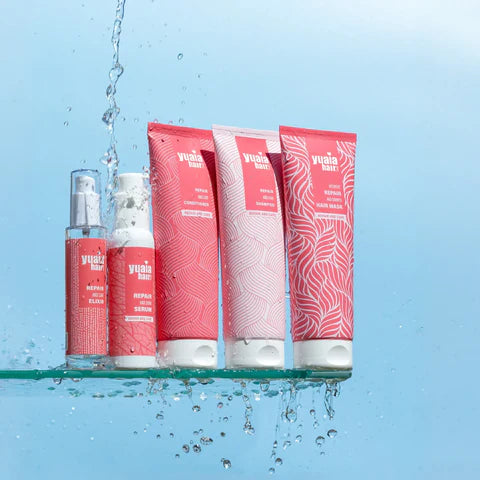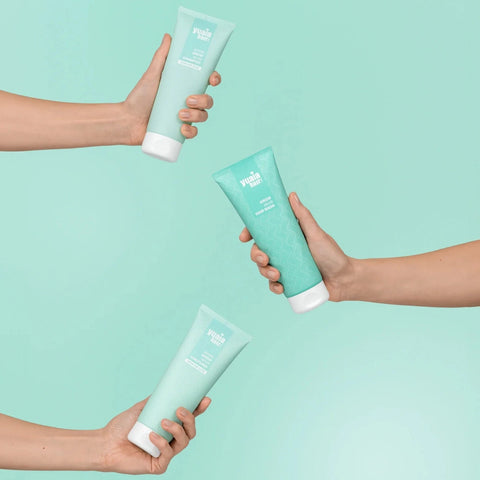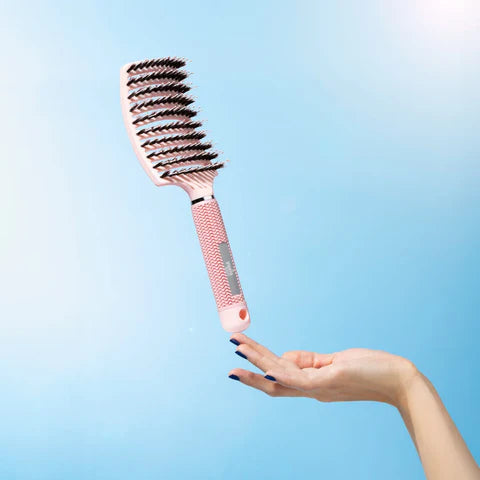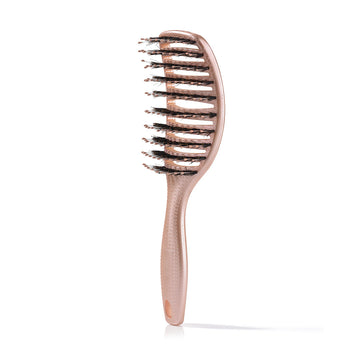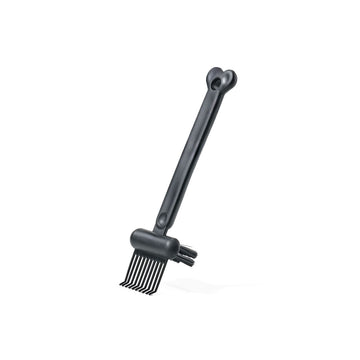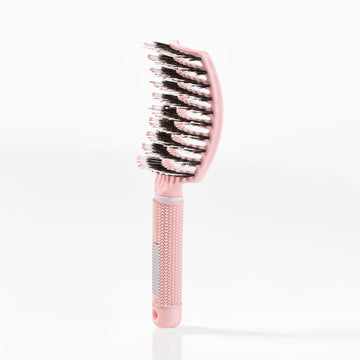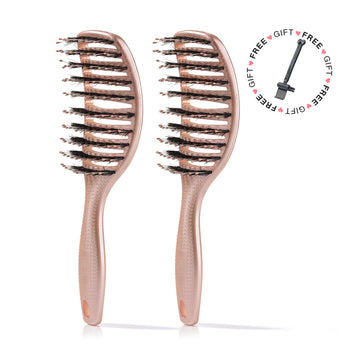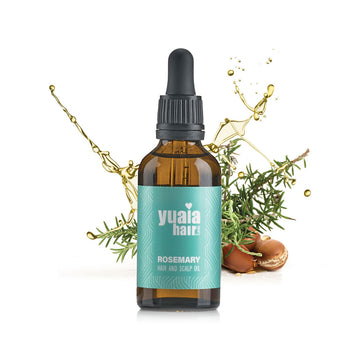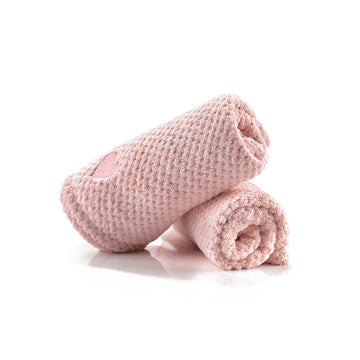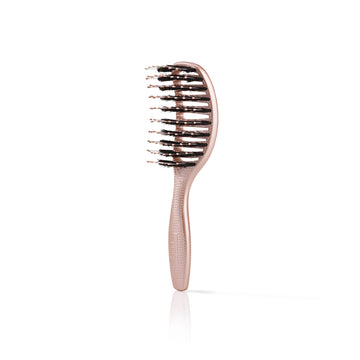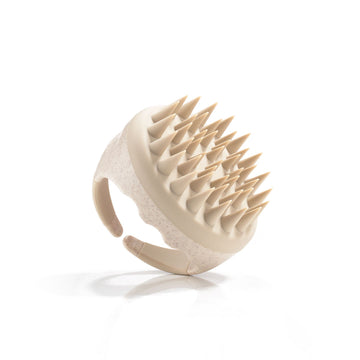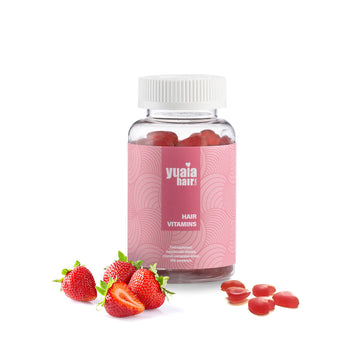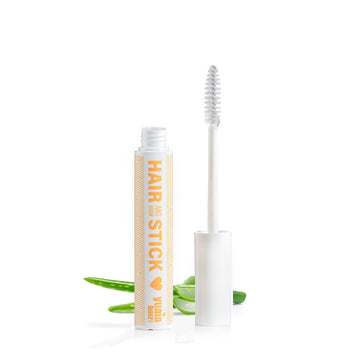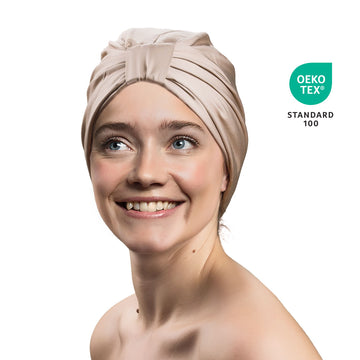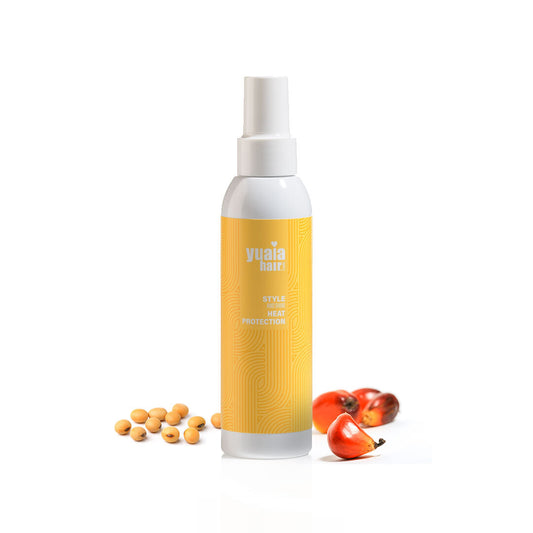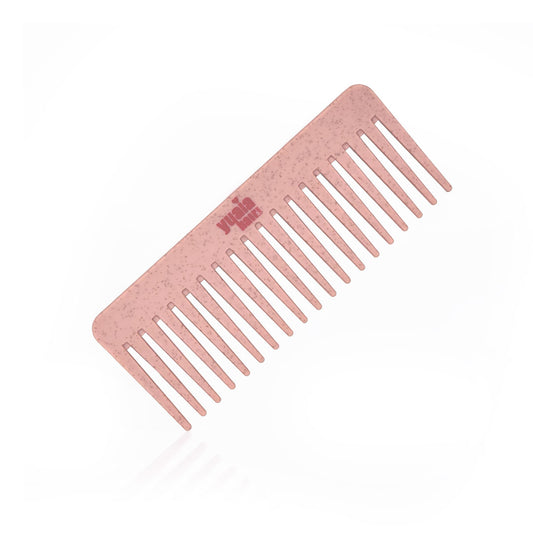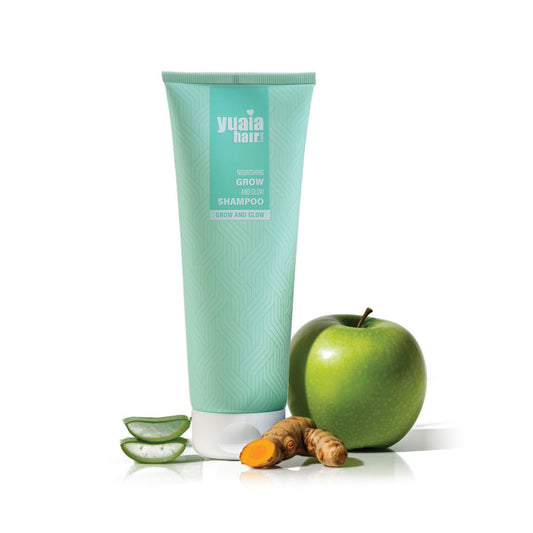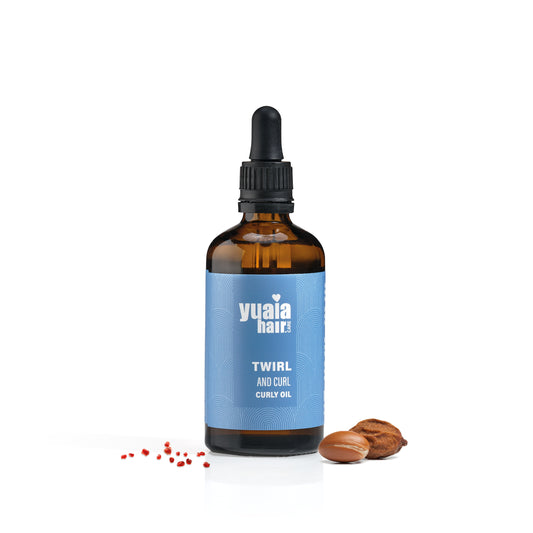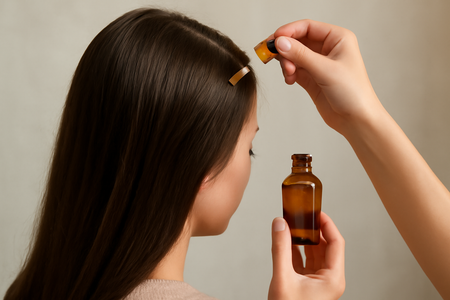
What makes argan oil suitable for low porosity hair?
Argan oil is celebrated for its unique ability to benefit low porosity hair, owing to its lightweight molecular structure. Unlike heavier oils that tend to sit on the surface, argan oil can effectively work its way through the tightly bound cuticles typical of low porosity hair. This ensures that the oil is absorbed rather than causing unwanted build-up.
The nutrient-rich profile of argan oil further enhances its suitability. Packed with vitamin E, essential fatty acids, and antioxidants, it nourishes hair without leaving a greasy residue. These components are integral in maintaining normal hair, as they help strengthen and protect each hair fiber from environmental stressors.
Key benefits of using argan oil for low porosity hair
Argan oil offers a multitude of benefits particularly suited to the needs of low porosity hair. One of its standout features is its ability to enhance moisture retention. This is essential for hair types that typically resist moisture absorption. By locking in hydration, argan oil helps maintain a healthy moisture balance.
Regular use of argan oil can also lead to improved elasticity and a reduction in frizz, making hair softer, shinier, and more manageable. Its protective qualities extend to shielding hair from damage caused by heat styling and environmental aggressors. This makes it an excellent choice for those who frequently use heat styling tools. For added protection, consider using a heat protectant spray before styling.
Furthermore, argan oil supports scalp health with its anti-inflammatory and anti-fungal properties. This contributes to a healthier scalp environment, which is crucial for overall hair health.
How to effectively use argan oil on low porosity hair
To maximize the benefits of argan oil, it is important to apply it correctly. Begin with a small amount to avoid build-up, and consider applying it to damp hair. This can help the oil absorb more effectively, allowing its nutrients to penetrate the hair more deeply.
Another effective technique is to use gentle heat to enhance absorption. Wrapping your hair in a warm towel after applying the oil can help open the cuticle slightly, improving the oil's ability to nourish and hydrate. For those looking to detangle while applying oil, using a wide-toothed comb can ensure even distribution without causing breakage.
Choosing the right product is also vital. For optimal results, opt for pure, cold-pressed argan oil. This ensures you benefit from the full range of nutrients without any unwanted additives.
By incorporating these techniques, argan oil can become a valuable ally in your hair care routine, helping to address the specific challenges of low porosity hair.
Understanding the role of argan oil in low porosity hair care
Argan oil’s lightweight nature and nutrient-rich composition make it an excellent choice for low porosity hair. Its ability to penetrate the hair shaft without leaving a heavy residue allows it to deliver essential nutrients directly to where they're needed most. This not only enhances moisture retention but also supports overall hair health and manageability.
For those with low porosity hair, using argan oil can be a game-changer. Its unique properties help to lock in moisture, reduce frizz, and protect against environmental stressors. By incorporating argan oil into your hair care routine, you can address the specific challenges associated with low porosity hair and enjoy healthier, more resilient tresses.
Practical tips for using argan oil
When applying argan oil, moderation is key. Start with a small amount and apply it to damp hair to enhance absorption. This helps the oil penetrate more effectively, delivering its beneficial nutrients deep into the hair shaft. For an added boost, consider using a warm towel wrap to gently open the cuticles, allowing the oil to work its magic.
Choosing high-quality argan oil is crucial for achieving the best results. Opt for pure, cold-pressed varieties to ensure you're getting the full spectrum of nutrients without any unnecessary additives. This guarantees that your hair receives the maximum benefits from this nourishing oil.
Frequently asked questions
How do I know if I have low porosity hair?
Low porosity hair often exhibits characteristics such as water beading on the surface, slow drying times, and difficulty absorbing products. A simple test involves placing a strand of hair in a glass of water; if it floats, you likely have low porosity hair.
Can argan oil be used daily on low porosity hair?
While argan oil is beneficial, daily use may lead to build-up. It's best to use it in moderation, adjusting the frequency based on your hair's needs. Start with a few times a week and observe how your hair responds.
Are there specific routines for low porosity hair?
Yes, tailored routines can help manage low porosity hair effectively. Consider using sulfate-free shampoos, such as our Grow and Glow Shampoo, to maintain hair health. Follow with lightweight conditioners and use argan oil as a leave-in treatment or mixed with hair masks for added nourishment.
What are the alternatives to argan oil for low porosity hair?
While argan oil is highly effective, other lightweight oils like jojoba or grapeseed oil can also be beneficial for low porosity hair. These oils share similar properties, offering moisture without the risk of heavy build-up.
 2-5 day delivery
2-5 day delivery
 25.000+ satisfied customers
25.000+ satisfied customers
 Satisfaction Guarantee
Satisfaction Guarantee



